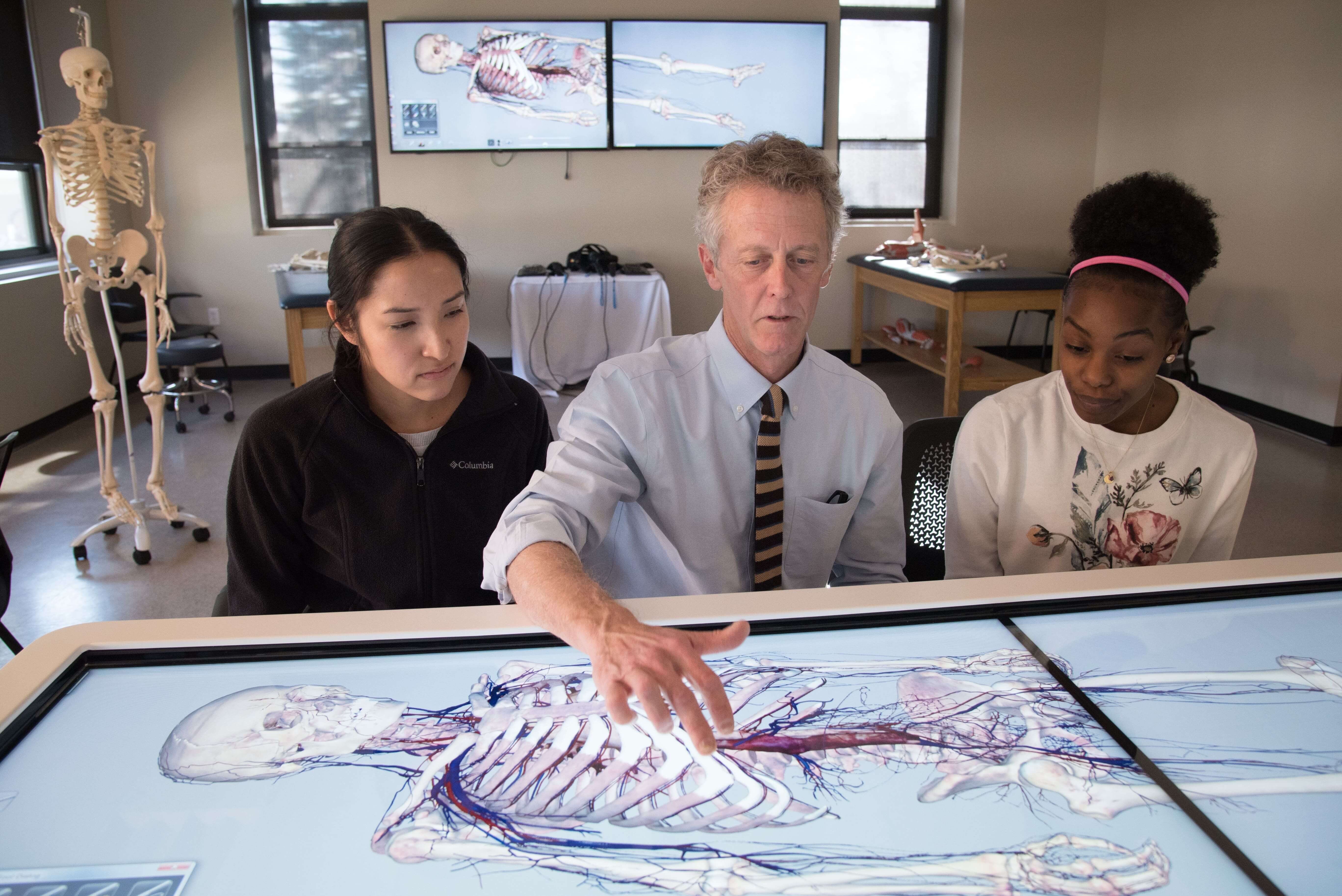How Neonatal Ventilation Training Prepares Healthcare Professionals for Critical Care?

Medical education has evolved dramatically over the past few decades. Traditional teaching methods, which relied heavily on textbooks and classroom lectures, are now being complemented by advanced simulation technologies. Among these, neonatal ventilation training , patient simulators , and virtual dissection tables have emerged as transformative tools. They are not only reshaping how medical students and professionals learn but also improving the quality of care delivered to patients in real-world settings. The Importance of Neonatal Ventilation Training Caring for newborns, especially those born prematurely or with respiratory difficulties, requires precision and confidence. Neonatal ventilation is a critical procedure that supports infants who cannot breathe adequately on their own. However, performing this procedure in a clinical environment can be stressful and carries high stakes. This is where neonatal ventilation training plays an essential role. Through specialized simulatio...

.png)

